Anyone with a liking for castles should feel right at home in the Czech Republic. In fact, for such a small country the Guinness Book of World Records states that the Czech Republic has more castles per square mile than any other major country in the world. Ready?
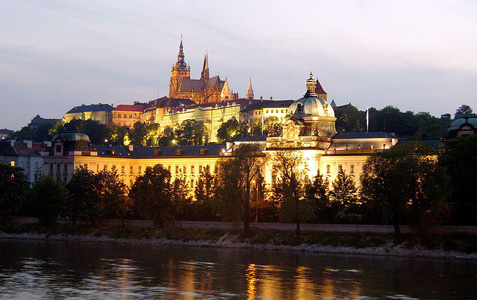
Prague Castle (www.hrad.cz) is, of course, the most famous castle in the Czech Republic, as well as being the largest castle complex in the world. The foundations date from the 9th century, when a wooden settlement stood on the site. Eventually, the wooden buildings were replaced by the more expensive stone constructions. By 1135, most of the buildings were stone, and the castle was the residence of Czech royalty. The 17th century saw the castle under the ownership of Maria Theresa of Austria, who added some Rococo and Classicist buildings; she also had the side of the castle facing Old Town repainted yellow (her favorite color) so that it would appear to be one building. With the creation of an independent Czechoslovak state in 1918, the castle became the residence of the President. The castle is often used for exhibits, concerts and theatrical performances; one permanent exhibit is the “History of Prague Castle,” starting with the foundation of the castle and continuing through the centuries to trace the changes to the complex.
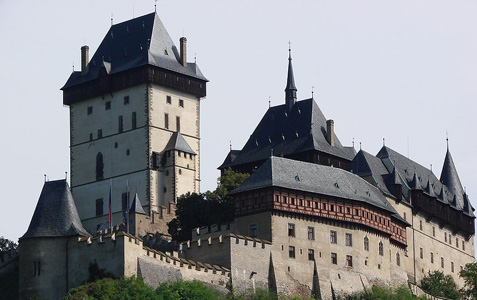
Karlštejn Castle (www.hradkarlstejn.cz) is an easy trip from Prague, and a very pleasant one at that. It was built by King and Holy Roman Emperor Charles IV in the 14th century. It housed the Coronation Jewels (now kept at Prague Castle) and relics of the Holy Roman Empire. It withstood a siege in 1422, but later fell into disrepair, and as with Prague Castle, was captured in 1620. Though it continued to deteriorate, the Austrians were aware of the castle´s historical significance and had the most serious damage repaired. From 1887 to 1899, extensive restoration was performed, resulting in the appearance that remains today. The castle is richly decorated, and tours show the bedroom once occupied by Charles IV, as well as a series of portraits of various important figures in Czech history.
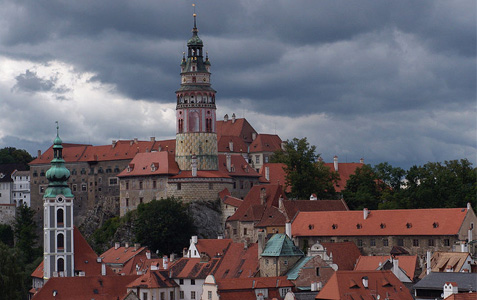
Český Krumlov (www.castle.ckrumlov.cz) in South Bohemia, is truly one of the country´s fairytale castles. It´s the second-largest castle complex outside of Prague Castle and a stunning sight. The castle was founded by the Vítkovec family circa 1230, becoming the property of the Rožmberk line in 1302; it remained in the family until 1600. Other families owning the castle included the Eggenbergs and the Schwarzenbergs; the latter family gave the castle to the government in 1947. With a resident ghost and a view over the UNESCO-protected city, it´s a deserved favorite among tourists.
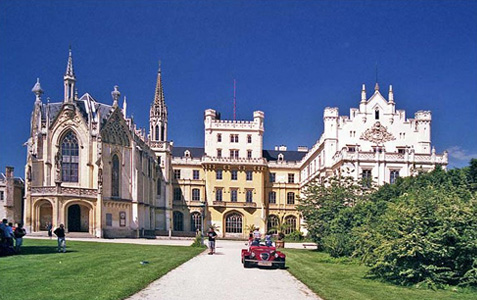
Lednice (www.zamek-lednice.info), founded in the Middle Ages, is an imposing structure once owned by the House of Liechtenstein. Neo-Gothic modifications made in the mid-19th century created the current appearance of the castle. One of the largest castle parks in the country belongs to Lednice, including a minaret designed by Josef Hardmuth. The interiors show richly carved wooden staircases and other stunning works of interior design.
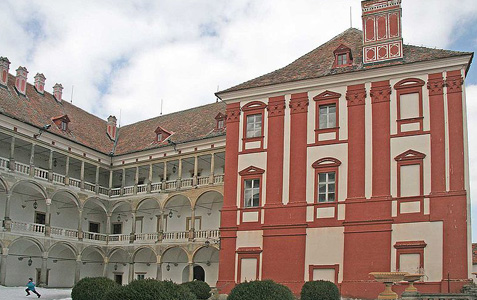
Opočno Castle (www.zamek-opocno.cz) was first mentioned in writing in the Chronicle of Cosmas in 1068. It has survived a siege by Jan Žižka´s army, a fire in the upper floors, and a former owner walling up his unfaithful wife in it. On display are African and American collections, an armory, Renaissance and Baroque Rooms, and more.
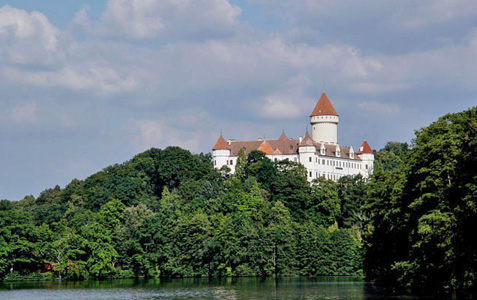
Konopiště (www.konopiste.com) recently provided the background for the film The Illusionist. Once the property of the lords of Benešov, it went through Late Baroque and Renaissance modifications before coming into the hands of the ill-fated Franz Ferdinand d´Este, who had extensive restoration performed from 1889 – 1894. The castle contains wide collections of art and crafts from the Gothic, Renaissance, Baroque and modern eras. The halls are decorated with an enormous number of hunting trophies. Many church antiquities related to the cult of St. George are also found here.
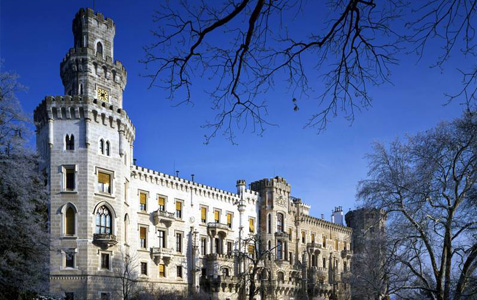
Hluboká nad Vltavou (www.zamek-hluboka.eu) is another in the “fairytale” category. It was built in the 13th century, in the Gothic style; later owners added Renaissance, Baroque, and Tudor Gothic touches. The last owner, Prince Adolf Schwarzenberg, fled the Nazi regime in 1939 and never returned to this country. The government took over ownership in 1947. The castle features richly decorated wood paneling, paintings from the 16th through the 18th centuries and 18thcentury Chinese vases. The former riding school now houses the South Bohemia Gallery of Mikuláš Aleš, featuring Gothic paintings and statues, as well as paintings by Dutch and Flemish artists of the 17th and 18th centuries.
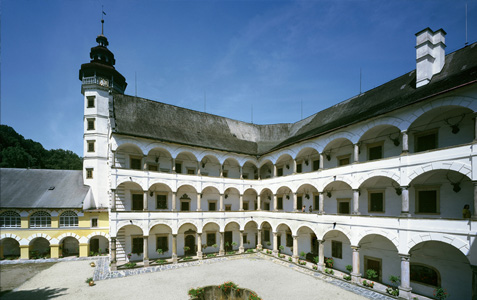
Velké Losiny (www.losiny-zamek.cz) has a stunning array of galleries on all three floors in the courtyard. One of the “newer” castles of this country, it was built in the late 16th century, though incorporating an earlier medieval stronghold. During the late 17th century, the infamous witch trials were held here. The castle holds many paintings by Italian, Flemish, and Dutch masters, in addition to a collection of weapons.
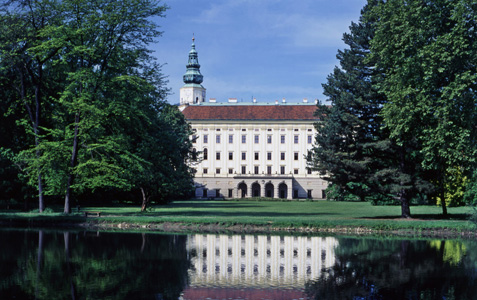
Kroměříž (www.kromeriz.biz) was built by Bishop Bruno of Schaumburk late in the 13th century. Approximately 250 years later, it was redone in Renaissance style, becoming the seat of the Bishops of Olomouc. Damage caused by invading Swedish armies during the Thirty Years´ War was repaired later that same century. One of the magnificent rooms is the 400-square-meter Parliamentary Hall, with 22 crystal chandeliers. Kroměříž also boasts an extensive picture gallery, second only to Prague Castle in significance. Works by Titian, Brueghel and van Dyck can be viewed here.












 Reading time: 4 minutes
Reading time: 4 minutes 
















